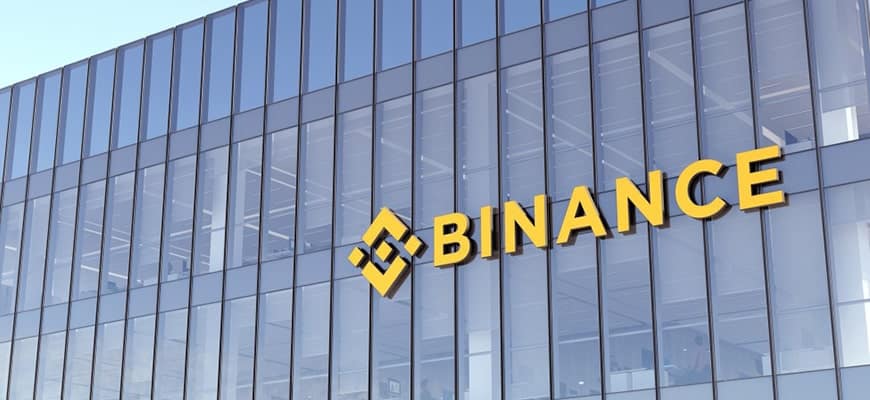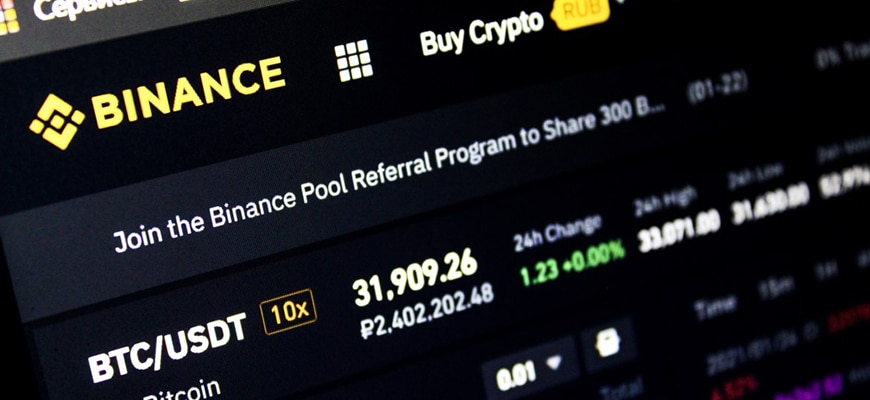Transaction Trigger are triggers that can be set on the blockchain, which combine different transactions to fulfill certain conditions.
What are transaction triggers?
A blockchain is an individual set of data that can be thought about as distributed ledger. It is the basis for creating a network of individual information, such as a decentralized distributed ledger. As the name suggests, every block has information about transaction made over an agreed period of time and also has its own unique (hash) to distinguish it from other chain-chain members.
In the public ledger, repeated transactions made in the chain are only considered valid when the blockchain is updated to reflect them in the public ledger. It is necessary that they be validated by several members of network, called miners or validators, to be considered valid. This system is guaranteed security and transparency, since no one can change the data after it has been validated and written to the network. The system guarantees that there is no possibility of changing the data after an block has been valided and sent to the network.
Triggers can be set up that combine different transactions to execute when certain conditions are met.
This can also help provide additional convenience and assurance for users. On decentralized platforms, users can set a stop-loss order that triggers when the price of borrowed assets falls below a certain level to close their positions. This helps reduce losses and manage risk.
Alternatively, in bull markets or healthy market conditions, users can set trades to trigger automatically. For example, limit orders on a decentralized exchange can be used to take profits when bitcoin rises above the required price levels.








